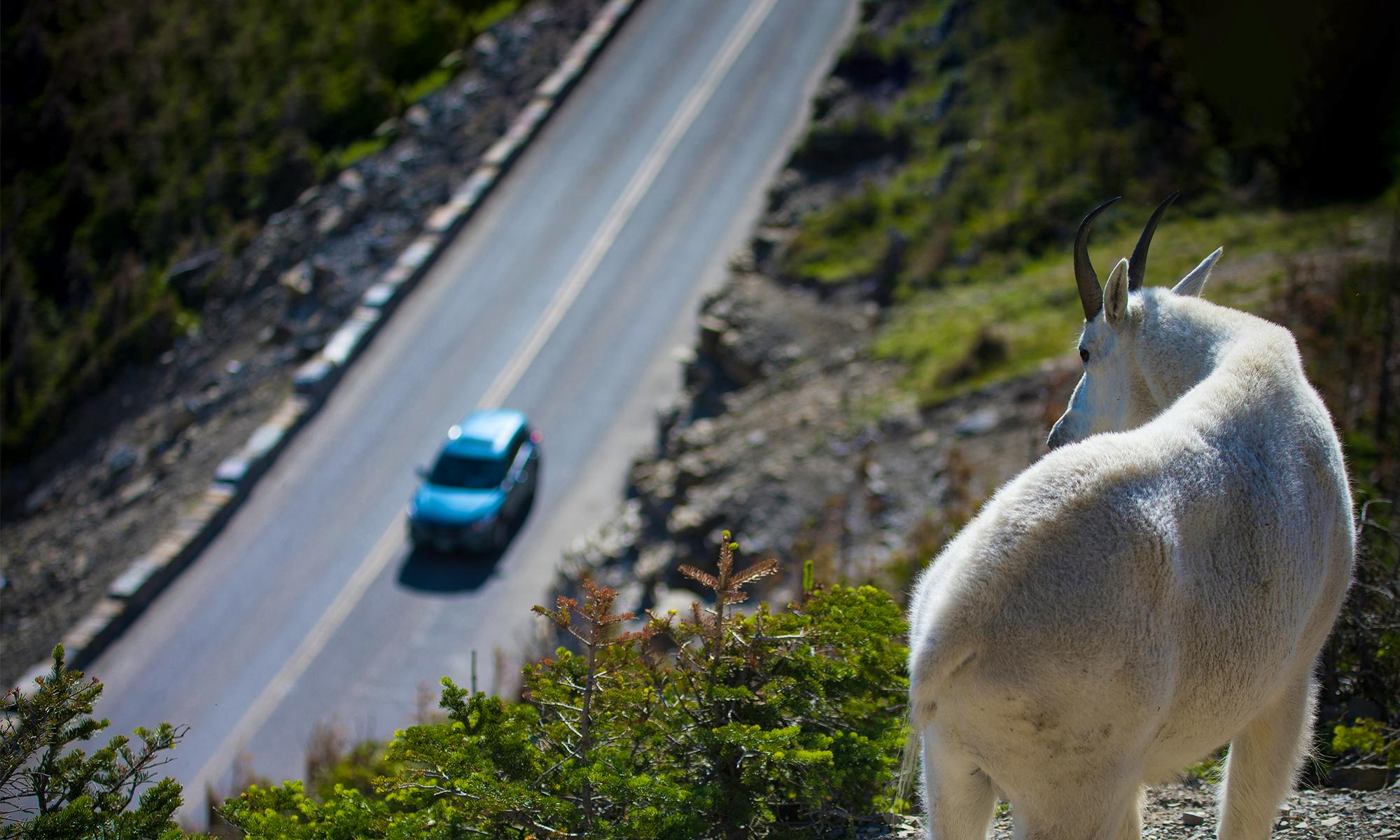In addition to protecting wildlife habitat strongholds, we must protect the connective corridors that allow fish, wildlife and plants to fulfill their life history requirements.
Unconnected habitats are half as likely to support species movement as connected habitat networks. Habitat fragmentation translates into higher risk of extirpation for isolated wildlife populations.
This is why conservation strategies for many imperiled species — such as Canada lynx, grizzly bear, bull trout and others — call for protecting and restoring habitat linkages to conserve and enhance species viability.
There is an increasing awareness that protecting wildlife corridors and habitat connectivity is essential to wildlife conservation, yet we still have much work to do to prevent fragmentation from encroaching human development on the landscape.
Defenders' Impact
Defenders is engaged in wildlife corridor protection across the country, from the Yellowstone to Yukon Conservation Initiative in the West to aquatic connectivity in individual streams and rivers in the Southeast.
For example, we are using a multi-faceted approach to promote grizzly bear recovery in the Northern Rocky Mountains by integrating community outreach and conservation policy advocacy to achieve protected, connected habitat on the ground. This includes extensive engagement in public lands planning to ensure that grizzly bears have sufficient habitat cores and connectivity within and beyond national forests in Wyoming, Montana and Idaho.
We are also supporting the Wildlife Corridors Conservation Act that would establish a National Wildlife Corridors System to provide for the protection and restoration of habitat connectivity for native fish, wildlife and plant species to support migration and dispersal they require to persist.
In the Pacific Northwest, we are advocating for the removal of outdated and destructive dams, like the four on the lower Snake River, to assist salmon in reaching their spawning grounds and the ocean.
In Florida, we are working with the solar industry to ensure that siting of new renewable energy facilities is compatible with protecting important habitat corridors for the Florida panther and other species.




